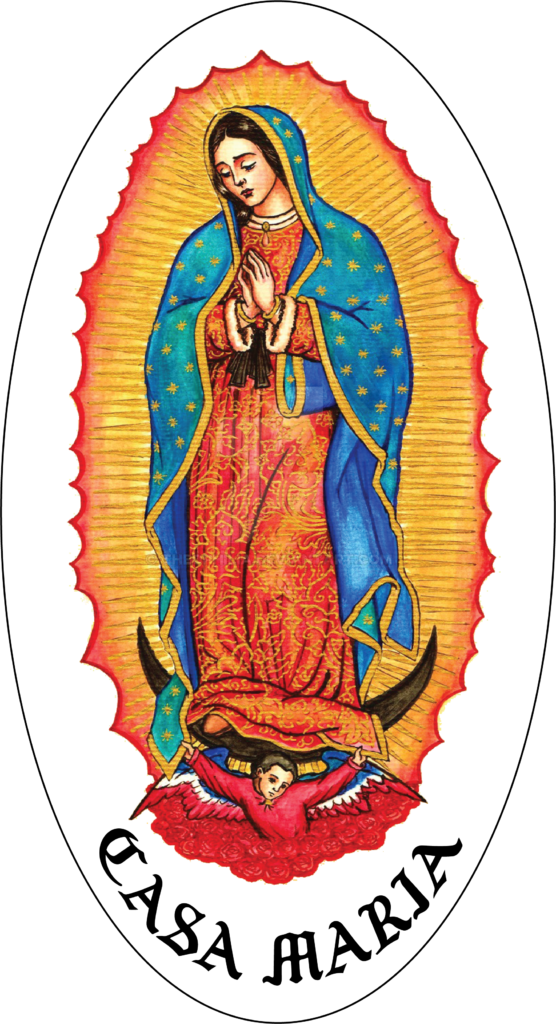By Sarah Launius, PhD Candidate at the School of Geography and Development at the UA
On May 17 at 5:30pm Tucson’s Mayor and Council will review bus fare increases to get $440,000 additional dollars from the transit budget. It’s not a lot of money for the City of Tucson; heck the Star reported last fall that the City of Tucson gave the Bourn developers a tax incentive valued at $748,000 to finally develop the lot at 20 E Congress Street. That same amount could easily cover the hikes that bus riders are now being dealt. The budget ultimately is a reflection of our priorities as a city. Raising bus fares not only sends the wrong message in terms of our city’s commitment to mass transit but we know that when fares increase, ridership decreases.

Making people pay more is a disincentive to ride mass transit at a time when our city and planet could use a lot more bus riders. There’s actually even an equation, the Simpson-Curtis Rule, used to calculate what percentage of riders will be lost for each percentage of increase in cost. Based on this older, more conservative equation[1] Sun Tran would see a 5% decrease in ridership. At the same time, however, we can reach the goal of generating more revenue by increasing ridership. Sun Tran can actively raise ridership by offering excellent service and incentivizing workplace fare cards, etc. This approach would aim to grow and strengthen transit rather than cut away at it.
Why is this so important right now? According to Sun Tran’s own ridership figures, the system has not rebounded from the loss in ridership (and riders’ confidence in the system) following the strike. To raise fares now hurts the transit system that we should be growing, not shrinking. Here’s what ridership looked like through the end of March:
[1] The Simpson-Curtis Rule says that for every 3% increase in fares a 1% reduction in ridership will result. Taken together this produces an elasticity of -.33. The City of Tucson is proposing at 16% increase to the base fare over 2 years which would result in a 5% ridership decrease using the Simpson-Curtis Rule. Ultimately, an elasticity of -.33 is likely too conservative for the Tucson case.
Sun Tran lost ridership following the strike and it hasn’t rebounded yet. According to Sun Tran, March 2016 ridership levels decreased 10.8% compared to March 2015. If the Mayor and Council decide to raise fares now they will only contribute to sagging ridership levels. Instead of raising fares, Sun Tran should be expected to meet performance measures to increase ridership. By doing so we grow transit service and focus on providing the great service that all bus riders deserve.
According to studies investigating the impact of increased fares on ridership, overwhelmingly riders who have no other option will continue to ride transit following fare increases while riders with other options leave the mass transit system. That’s equivalent to balancing the budget on the backs of poor Tucsonans. This can also lead to what’s called a “transit death spiral,” wherein a fare increase leads to ridership loss that is then followed by service cuts and on and on until the system you have left is not serving anyone well. It would look something like this:

So how do you get beyond the transit death spiral? For Sun Tran the first step should be a focused effort to increase ridership without a fare increase or service cuts.
_________________________________________
Aumentando los Pasajeros no las Tarifas
Por Sarah Launius, PhD candidata en la Escuela de Geografía y Desarrollo en la Universidad de Arizona.
En Mayo 17 a las 5:00pm el Alcalde y el Consejo revisaran el aumento de la tarifa de los camiones para obtener $440,000 dólares adicionales del presupuesto de tránsito. No es mucho dinero para la Ciudad de Tucson; el periódico Star reporto el Otoño pasado que la Ciudad de Tucson le dio a los encargados del desarrollo $748,000 para el mejorar la terreno en: 20 E. Calle Congress. La misma cantidad puede fácilmente cubrir el conflicto de los pasajeros del camión. El presupuesto es un reflejo de nuestras prioridades como ciudad. Aumentando las tarifas no solo manda un mensaje negativo en relación con el tránsito de la ciudad también sabemos que cuando las tarifas aumenten, los pasajeros disminuirán.
Hacer que la gente pague más es un desánimo para el transito masivo en este tiempo que nuestra ciudad y el planeta pudiera usar más los camiones.
¿Porque es importante esto ahorita? De acuerdo con la gráfica del Sun Tran, el sistema no se ha repuesto de la perdida de los pasajeros ( y la confianza de los pasajeros en el sistema) después de la huelga.
Podemos generar más ingresos aumentando los pasajeros del camión. Sun Tran puede aumentar los pasajeros ofreciendo un mejor servicio y recompensando a los trabajadores con tarjetas para usar el camión, etc. Esto ayudaría a fortalecer el tránsito y no a recortarlo.
De acuerdo con los estudios de investigación acerca del impacto que causara aumentar las tarifas de los pasajeros; tristemente los pasajeros que no tienen otra opción continuaran usando el transporte aunque las tarifas aumenten mientras los pasajeros que si tienen opción dejaran el sistema.
Eso equivale a balancear el presupuesto a costa de los pobres.
